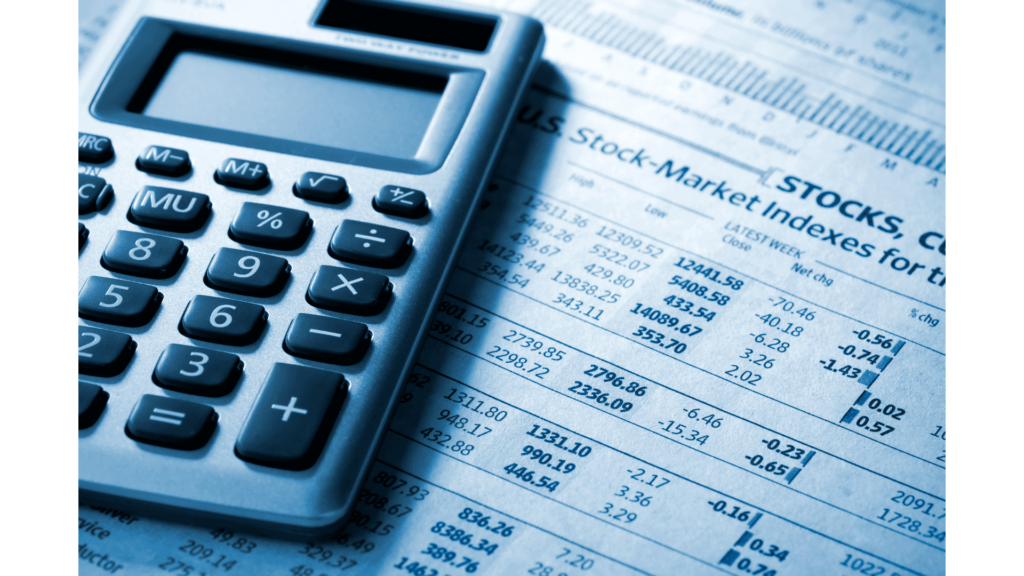What are share buybacks?
Share buybacks are a financial tool used by companies to support their share price by reducing the amount of issued capital in the market. The basic economics determine that, with consistent demand, a reduction in the supply of shares will cause the market price to increase. Based on this principle a listed company can strengthen the market price of remaining shares available, by buying back some shares and cancelling them, the number of shares in issue reduces and the price of each increases.

Purpose of share buybacks
It should be determined whether the shares bought back by the company are to be cancelled or redistributed. Shares may be bought back for redistribution to employees, usually through option schemes, or other existing shareholders. In this case the shares are usually held ‘in Treasury’ by the company for redistribution. In this case the number of shares outstanding remains unchanged by the share buyback. Where shares bought back are cancelled, there is a decrease in the number of shares outstanding. Share buybacks result in a leverage effect where each existing shareholder owns a larger share of the capital and therefore sees an increased share of profits redistributed through dividends.
All other things being equal, this effect increases the price of the stock. The number of shares is reduced and each remaining shares has more value.
Advantages and disadvantages
Advantages
- Share buybacks increases share prices by reducing the supply of shares in the market
- Buybacks is a means of returning cash to existing shareholders in form of share-price gains
- The earnings and profitability ratios per share is increased, since profit remains constant divided by a decreased amount of outstanding shares. So earnings per share [EPS] increases.
Disadvantages
- A reduced access to capital since available cash is spent to buyback shares.
- Reduced retained earnings or reserves. This can be viewed as positive if the company is considered to have excessive reserves with no clear purpose, such reserves would be expected to be returned to shareholders in some form typically through annual/interim dividends or for one-off items this may be a Special dividend
- Room to maneuver through a reduction in available cash for new projects or to withstand challenging market conditions. Liquidity and reserves are lower since cash has been used to fund the buyback.
- After a share buyback, there is a shortage of available funds for future investments which may decrease investors’ interest expectations of future growth.
Share Buybacks in comparison with dividends
Share buybacks and dividends are both means of returning capital to shareholders. In the case of dividends, the return is distributed amongst all the shareholders proportionately. In the case of share buybacks the company is buying shares from existing shareholders, so the number of shareholders is reduced, or at least the number of shares owned by some is reduced. There is a quiescent reward for remaining shareholders which is an increased interest (stake) in the company even though the number of shares they own is unchanged.
Investors typically look at the headline yield offered by a stock when considering whether to invest. The yield being the amount of dividends paid out relative to the share price. However, the number of shares bought back and likely future buybacks will equally affect the share price and thereby the profitability of investing. As such investors should be aware of a company’s buyback history and future plans where possible, not just the dividend policy.
Conclusion
In order to properly assess a company’s financial position investors need to consider recent share buybacks and share buyback plans for two reasons: The first is the use of cash for buybacks which affects free cash available for other purposes, thereby affecting financial performance. The second is the direct affect on the share price – the reduced number of shares on issue will increase the price, all other things being equal.
Assessing historic and recent share buybacks can provide a guide but most companies also announce their buyback plans ahead, making future share buybacks more predictable though never certain.
Smart Insider keeps investors informed through our up to date Share Buybacks Data service which is delivered via quantitative data as well as a desktop service through alerts and our website. This includes detail on past buybacks trades and future plans announced so investors can establish an expectation of what’s to come.
Check here for our Share Buybacks service in detail, request sample data or request a free trial
To learn about our other services, click here!
